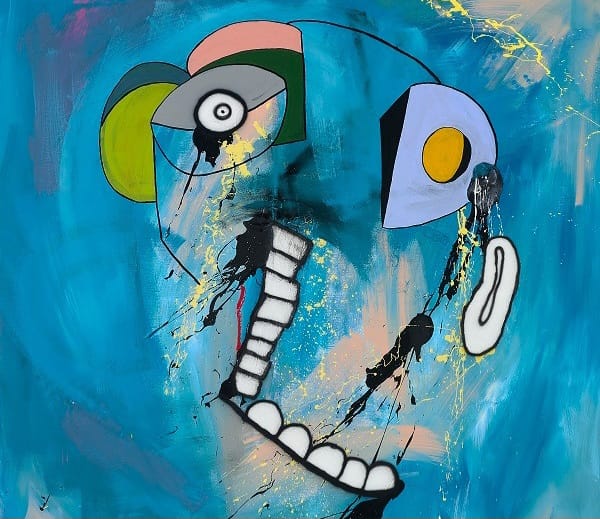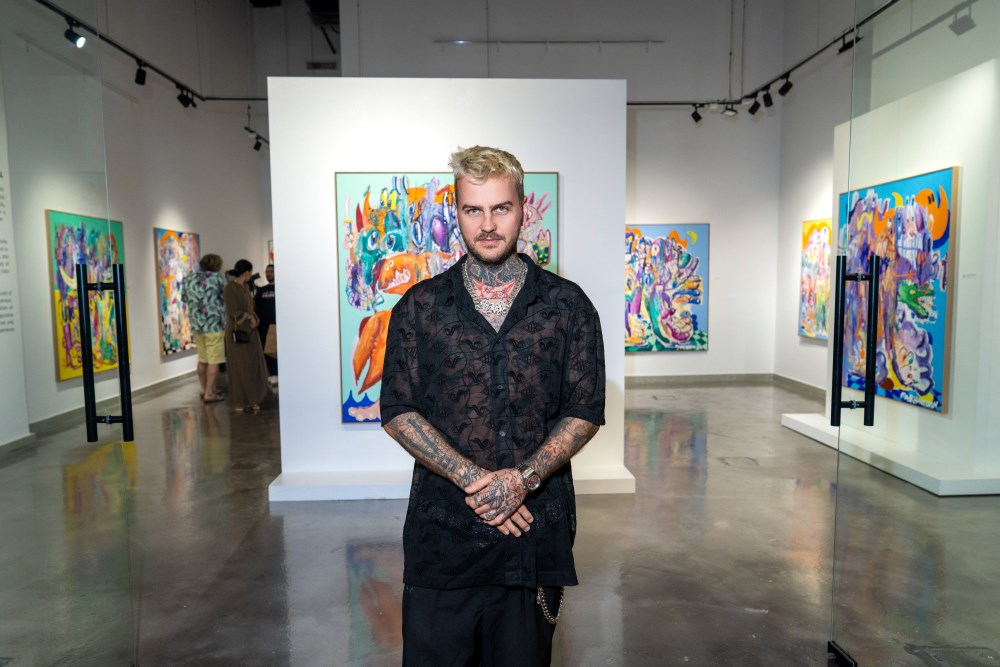In works from 1950 to the late 1960s, Iraqi photographer Latif Al Ani showcases two disconnected realities — one denoted, one implied. It is impossible to consider historical representations of Iraq without succumbing to contamination by the scars of conflict inflecting recent imagery.

Al Ani’s practice exhibits a compelling tension between the nation’s modernist urge, an enduring archaeological legacy, and the people who inhabited a now-intriguing everyday. Yet these works are consistently countered by our contemporary conditioning to reduce and pigeonhole, to oversimplify and club into one stereotypical pot. This tension, in turn, makes the works doubly strong: they at once excavate and confront.

Qanun player, Baghdad, 1963, 2021
Photography
Al Ani wore many photographic hats, ranging from propagandist-like work showcasing modernisation and industrializing for the Iraq Petroleum Company, to a deeply sensitive and occasionally experimental personal practice on the margins of his corporate and ministerial projects. He framed not only beauty, but also the uncanny—in the portraits of ‘his own people,’ historical monuments, street scenes, and daunting landscapes.

Monument to Freedom by Jewad Selim, Tahrir Square, Baghdad, 1962, 2019
Photography
Al Ani’s entire oeuvre illustrates that we can never see innocently: the experience of viewing is as complex and multi-layered as the business of representing. Far from conjuring a sentimental nostalgia or a documentary forthrightness, these images make us conscious of the meta-images hovering over every viewing experience.
The most important project I managed to do was preserve my personal archive despite the conditions of the country. The archive at the ministry of culture that I created and built over the years was lost, looted, destroyed in 2003. This is deeply painful. I know how they took it, drawer by drawer, thousands of negatives: journalistic, artistic, daily life, public figures, historical sites, everything.
Latif Al Ani in his eponymous monograph, Hatje Cantz, 2017
To access the Online Viewing Rooms visit: artbasel.com/ovr



